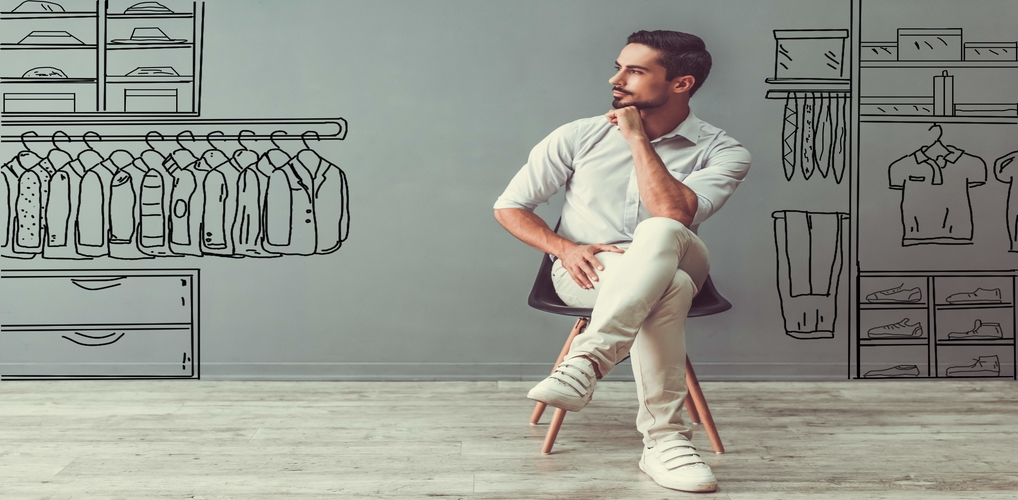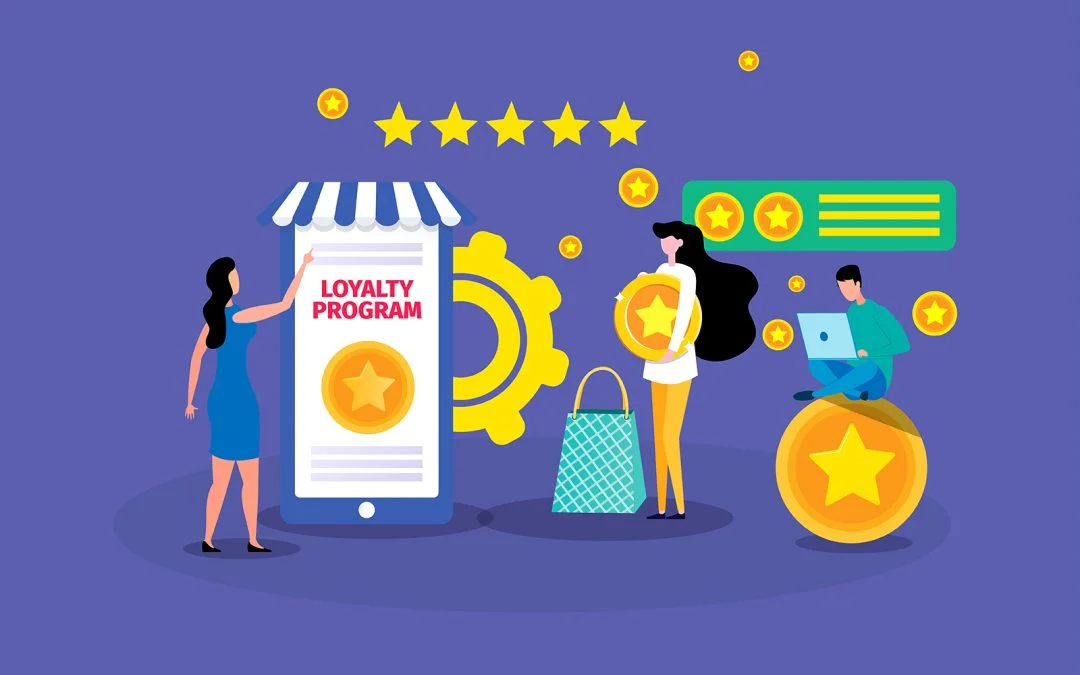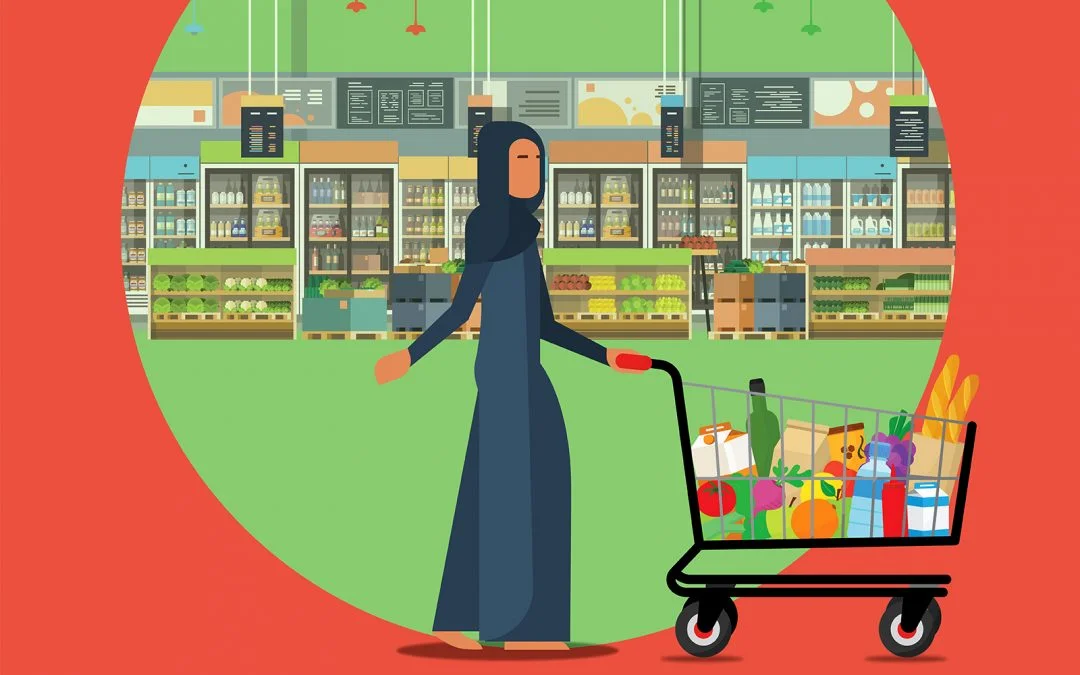- Design industry shaping loyalty programs
- Integrate easily and go live quicker
- Deliver hyper-personalized consumer experiences
Capillary acquires US-based Brierley+Partners Read more >
Capillary named a Leader in The Forrester Wave™: Loyalty Technology Solutions, Q1 2023 Report Read more >

Personalisation in retail is changing how retailers reach, interact with and utilise data to optimise campaign journeys. A one-size-fits-all message is unlikely to have a high success rate, especially with customers today having a plethora of choices. In order to capture the full power of today’s advancements in AI, tech & digital, McKinsey reveals that personalisation in retail will be the prime driver of marketing success within five years.
With Capillary, the personalisation process has 3 key components:
Brands across the globe are increasing focus on offering the most relevant customer experiences. Here’s how personalising your campaigns can help increase the RoI you’re so looking to drive.
Customer experience is a key metric while measuring brand success. Brands that promise compelling experiences have come a long way by building long-lasting customer relationships. Interacting with customers based on their behaviour and actions is best implemented with a direct-to-consumer mindset. 51% of companies today use at least eight channels to interact with customers (Aberdeen Group) and 48% of shoppers will share their data for more personalized service (Deloitte).
Every opportunity a user gets to interact with a brand is an opportunity to enhance the brand image, curate relevant customer journeys, and provide personalised experiences. Personalisation in retail through relevant messaging helps gather information about the user’s navigation flow, product interests, product volumes vs. sales, potential loyal members, and personalise recommendations.
For example, Sephora gets this right:
Behavioral marketing typically involves the following phases—
Brands often focus more on landing pages, and unwittingly give less attention to the top of the funnel: the Call-to-Action.The CTAs primary objective is to convert your website’s visitor into either a subscriber, buyer or a qualified lead.
There are three major types of CTAs –
Point No. 3 is where retailers should be investing their time, effort and money. Let’s assume your company delivers financial and accounting services. If a user lands on your website with the search term, “how to avoid an audit”, an apt CTA you should be delivering is “Show me how to avoid an audit” or “Read this step-by-step rulebook to avoid an audit” not “Learn more about our services” or “Explore our financial services”
And if you currently don’t have massive design support, a great way to personalise your CTA is simply through plain hyperlinked text for nurture campaigns.
60% of marketers admit that they struggle to personalize content in real-time (Neil Patel). Not everyone visits your website for the same reason, yet sometimes users (irrespective of their geo location) receive the same email, sent at the same time. Nurturing customers doesn’t stop after acquiring new ones. For transforming subscribers to buyers to loyal customers, you must provide value throughout the lifecycle journey.
It’s no secret that certain times of day are tested better than others when it comes to email personalisation for retail, or email marketing for that matter. Segment your subscribers into different time zones, with the aim of sending emails to be received at a reasonable time for all subscribers, with personalised content too.
75% of consumers ignore or opt-out because of frequency overload, and 55% blame lack of relevance. To solve this, a time timestamp (based on when emails are opened) allows for personalised communication with your consumers based on the time they are most likely to check emails. You can determine the content of the message at the time your recipient opens it too. This helps send relevant information to customers and build long-lasting relationships.
Have you ever received an email from your favorite retailer promoting a sale that was happening “in-store” only? Have you been directed to a store to buy a product, and when you reach there, it’s out-of-stock? Promotions are always part of a retailer’s sales and marketing mix— they drive sales and help you move inventory.
Discount sites flood inboxes with daily in-store promotional offers. This is often frustrating for users, unless the offers and products match their individuals requirements. The key to personalisation (for retail and in-store commerce) is identifying your audience based on their interests and geographical location, so you can send them to a store that works best for them with the assurance of product availability.
Here are a few ways you can drive in-store sales:
Personalized one-on-one experiences can increase sales & influence consumer behavior. Almost half (40%) of U.S. consumers say they’ve purchased something more expensive than they originally planned because their customer experience was personalized. Assuming the POS is integrated with the online store, store-staff should be able to access all customer history across sales channels for a holistic view, especially when delivering personalised offers or incentives.
In the case of a POS Advert, let’s say you run a paid online advertisement for your grocery shop, promoting 25% off on certain items. The ad will probably reach only those who have searched the web, and or are in the same location. With POS Advertisements, a customer will walk into your store and see that there is an additional offer coupled with that 25% for a larger purchase order value. The customer lands up walking away with a larger, more economically valuable deal than originally intended. Directing your customers to a location that’s most convenient to them offers you a higher buying propensity – it’s a win-win.
Open rates for welcome emails are on average, 50%. Compared to standard newsletters, they are 86% more effective. However more than 50% of brands don’t leverage this opportunity. Whether it’s an interview or your first attempt at tap dancing, first impressions go a long way. If you sell products that are personalized at start, show your customer what they could look like before purchase as well as photos or words related to their lifestyle. Welcome emails are a great way to cross-sell and up-sell your products.
60% of marketers admit that they struggle to personalise content in real-time (Neil Patel). The nurturing process doesn’t stop after acquiring new customers. For transforming subscribers to buyers to loyal customers, you must provide value throughout the lifecycle journey.
Segment your subscribers into multiple time zones, with the aim of sending emails to be received at a reasonable time for every subscribers, based on personal preferences.You can also determine the content of the message at the time your recipient opens it. This helps send relevant information to customers and build long-lasting relationships. Capture the big idea of your message with a bold image and a strong headline, something that’s relevant to how that user landed on your page – personalise it.
Radicati Group estimates that by 2021, the number of business and consumer emails that are sent per day will reach 319.6 billion. Customers often drop-off because they feel your brand is no longer relevant to them and there are tons of brands competing for it. They understand and seek two-way communication because after-all they invest their money and time in your product. Personalise triggers based on your customer’s latest actions – a good start would be to engage them in a 1:1 communication journey, integrated across all channels in real-time. More than often, customers will forget the existence of your brand, don’t wait for their purchase, personalise your prompts. If you see the click-through rates dipping, try incentivising till you find the path to conversion. For example:
Make each email individually relevant at open time
Survey forms and collecting routine customer feedback are great ways to stay on top of relevant and trending customer demands. An email preference centre is a simple way to gather this information and makes sure your communications stay closely connected to what they want to hear about by building an emotional relationship.
Out-of-stock pages conventionally become a dead end. This leaves the prospect barely any other option than to leave. What if personalization could help you convert this visitor? Journey workflows that are relevant to each individual’s real-time behavior, interests and purchase history have the potential to convert even your out-of-stock pages. Use your “out-of-stock” page to:
Out-of-stock pages have a higher propensity for users to bounce off. The main goal is that the page should be as relevant as possible to encourage visitors to keep exploring your site.
With so much noise, getting customers to give you the attention feels like yelling at a band during a sold out concert. Build strong and meaningful relationships with customers on a personal level, it’s the next big thing, we promise. Personalisation in retail becomes increasingly more personal as a customer progresses through the sales funnel. Keeping up with them, is what brands need to crack.
Can’t wait to launch your first personalised campaign? Sign up for a demo or explore the new Engage+

December 17, 2022 | 4 Min Read
With smartphones accounting for 84% of the 2019 holiday seas

December 3, 2020 | 4 Min Read
While Covid-19 will mostly be remembered for sweeping the wo

February 26, 2020 | 4 Min Read
Personalisation in retail is changing how retailers reach, i